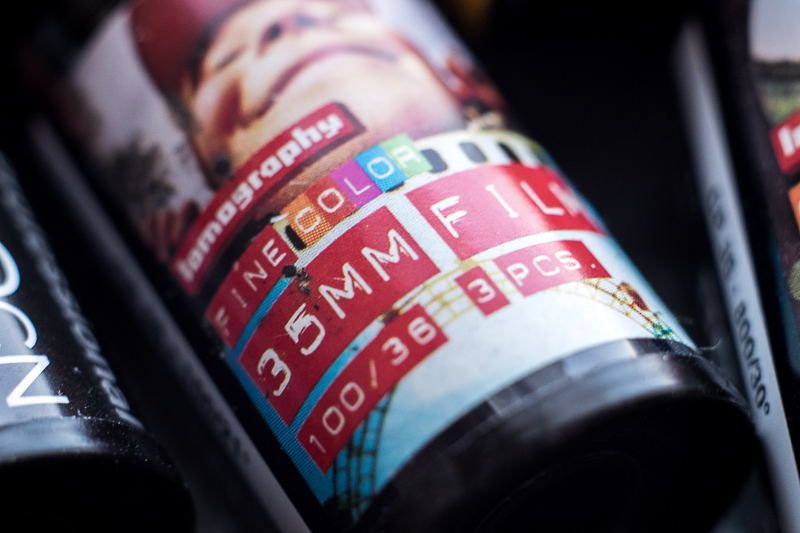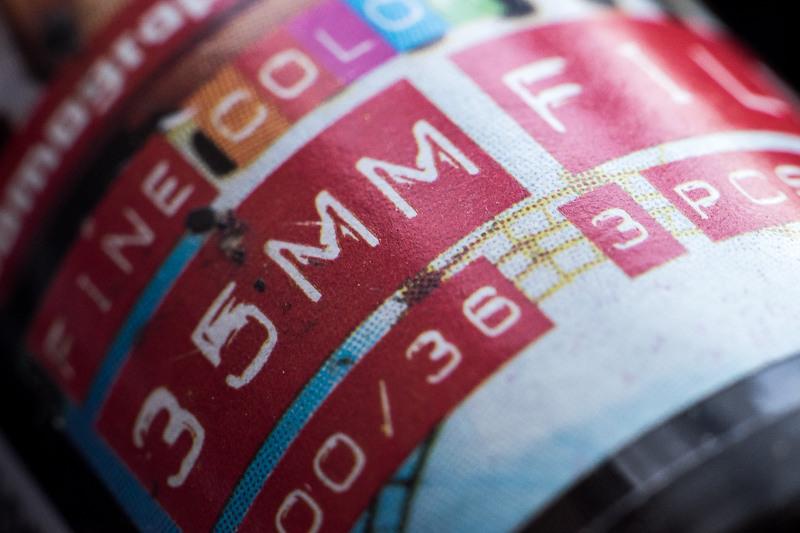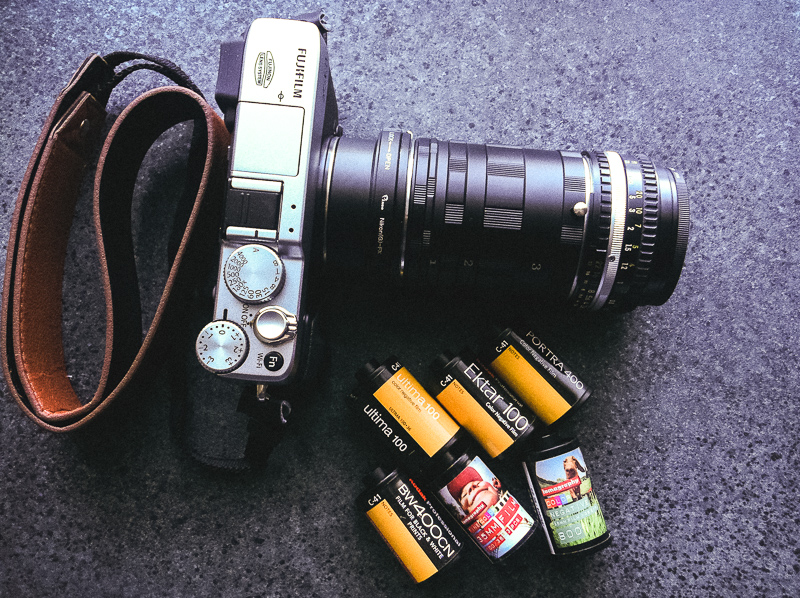If you like this post, help us share it
Macro lenses are expensive and unless you are a dedicated macro photographer, you won’t take enough macro photos to justify for one. A macro lens is also a multi-purpose lens, there are people who use it for close up portraits because you can get much closer to the subject. For those who only take macro photos occasionally, you can get away without a macro lens by using macro extension tubes (more articles on macro extension tubes, macro lens, close up filter here). How it works is by placing an extension tube in between your camera body and lens, focusing distance is shortened and therefore you can focus closer than normal minimum focus distance. Unlike a macro lens where you can change your working distance and focus from essentially anywhere , macro extension tubes only allow focus at a certain distance, so your working distance is fixed and is usually within centimetres of your subject. You can’t take landscape or close up portraits with extension tubes, only macros at a fixed working distance (i.e. fixed magnification). The extension tubes come in three sections 9mm, 18mm 30mm and you can stack them together.
There are two types of extension tubes; 1) Auto Extension Tubes and 2)Manual Extension Tubes. Consider the Auto Extension Tubes if you want auto focus or your lens doesn’t have an aperture ring, you will need the extra electronics to control the aperture and focus. If you have an older lens with an aperture ring like the setup I have here and don’t mind manual focus, manual extension tubes are much cheaper. Macro extension tubes are relatively inexpensive and can achieve extreme macro higher than 1:1. The tubes are hollow and contain no glass so you don’t need to worry about losing optical performance.
In my opinion the best way to use the macro extension tubes is with a mirrorless camera. Adding extension tubes makes the camera front heavy and more prune to hand shakes unless you have it on a tripod. Because mirrorless cameras are smaller, lighter and have smaller lenses, they are less susceptible to this problem. Mirrorless cameras also have peaking mode and magnification view to help with focusing. A tip is to use the EVF to focus instead of the back LCD even though the LCD is bigger. It provides a third contact point for additional stability.
You can get your macro extension tubes here

In my setup, I have a Nikon 50mm lens on a Fujifilm X-E2 with three sections of extension tubes (9mm, 18mm and 30mm). When all the tubes are used, it gives me a 57mm separation between the lens and camera. The extension tubes are very easy to use, just follow these simple steps:
- Make sure you have switched on “Shoot without lens” in the camera setting.
- Mount the extension tubes to the camera. The male side on the extension tubes connects to the camera. For first timer, just use one 9mm section to begin with.
- Mount a standard lens to the the extension tube. A 50mm lens usually works well.
- Set you focus to minimum focus by turning the focus ring.
- Get close to your subject, real lose probably within centimetres until you find the focus.
- Adjust camera setting for the right exposure.
- Use the magnification view function (mirrorless camera) to get the focus right
- Click
You can try different combination of tube sections to obtain the desire magnification. I have done some tests below using different combination of the extension tubes, check them out.
This is the closest focus using a standard Nikon 50mm f/1.8 lens.

This is the closest focus using a Fujifilm 18-55mm lens zoomed to 55mm. Zoom lenses tend to have a higher magnification.

This is the closest focus with a 9mm extension tube on a Nikon 50mm lens.

This is the closest focus with a 18mm extension tube on a Nikon 50mm lens.

This is the closest focus with a 30mm extension tubes on a Nikon 50mm lens.

This is the closest focus with a 9mm + 18mm extension tubes on a Nikon 50mm lens.

This is the closest focus with a 18mm + 30mm extensions tubes on a Nikon 50mm lens..

This is the closest focus with a 9mm +18mm + 30mm extension tubes on a Nikon 50mm lens.

Where can I find the equipment seen on this site?
If you find this site useful and planning to purchase any of the equipment seen on this site, please show your support by purchasing your photo equipment at B&H Photo Video, or through any of the affiliate links seen on this site.


